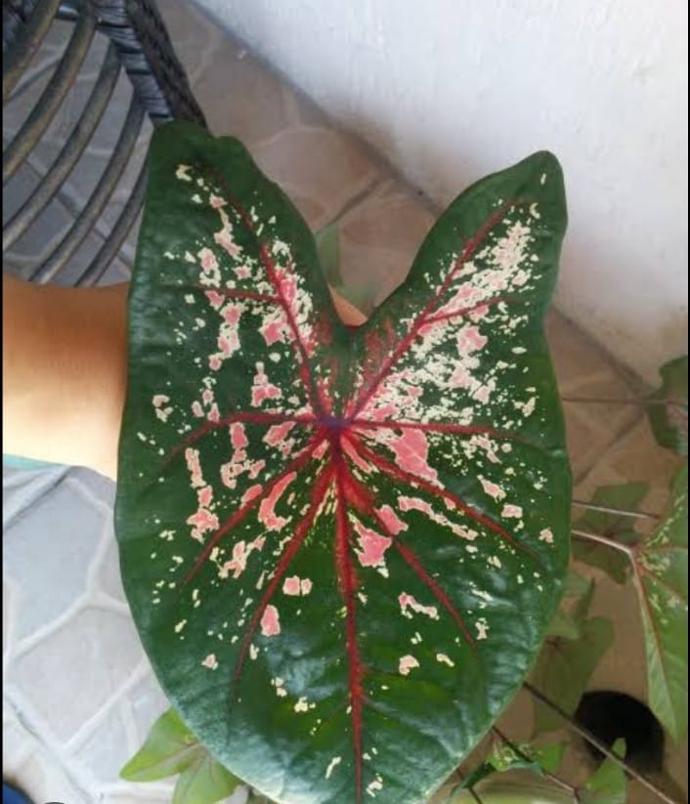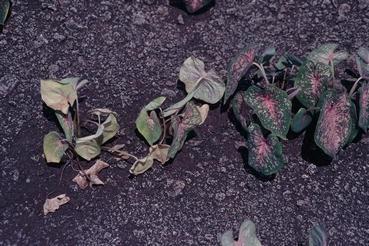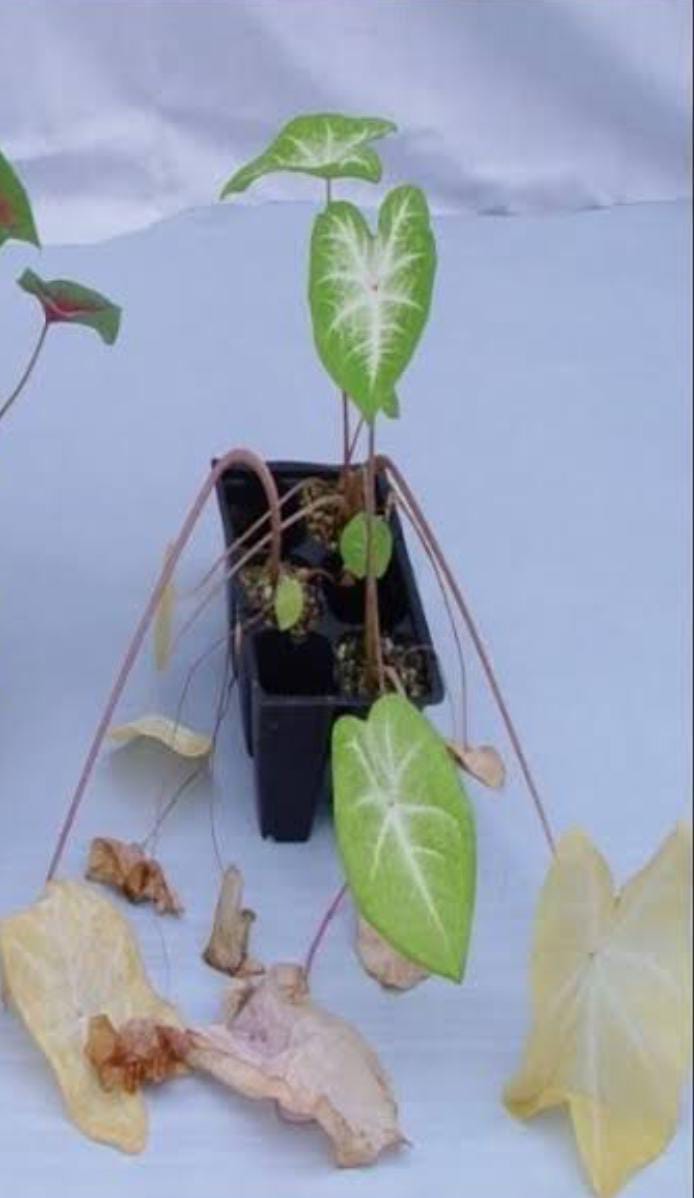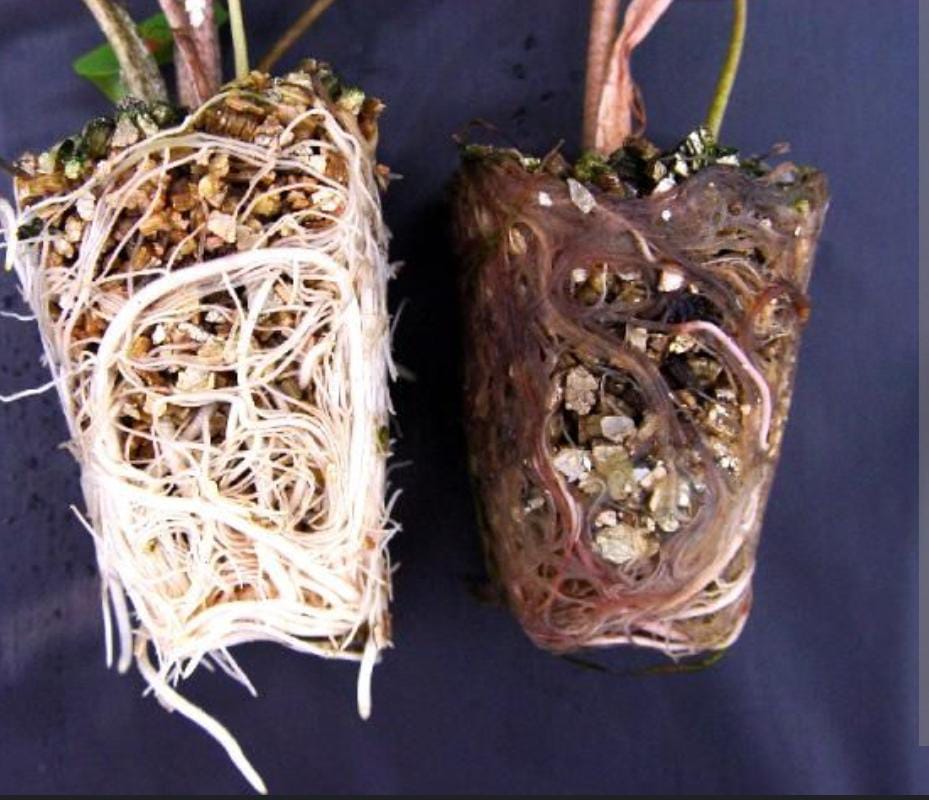Caladium Plant
CALADIUMs are colourful foliage plants that thrive in well-draining soil and partial to full shade. Keep the soil consistently moist but not waterlogged. Fertilize during the growing season, and lift bulbs in winter in cooler climates.
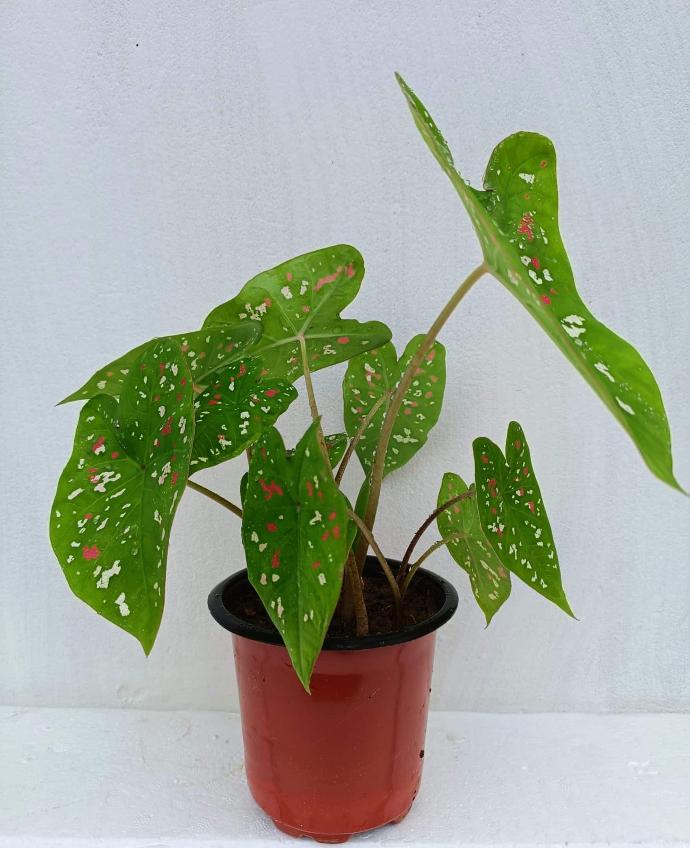
Habit
Perennial
Height
30-90cm
Growth
Moderate
Soil
Loamy, well-drained
Shade
Partial to full shade
Moisture
Moist
Edible
No
Medicinal
No
Origin
South America
Climatic Condition
Warm, humid
Temperature (°)
20-30°C
Humidity (%)
60-80%
Potting media
Organic compost
Fertilizers
10:10:10 NPK
Watering
Moderate
Plant Weight
200-500g
Flowering Time
Varies
Soil Ph level
5.5-6.5
Water Ph level
6.0-7.0
Soil EC
Low
Yield Per Plant
Ornamental
NPK ratio
10:10:10
life Span
Perennial
Health Benefits
Air-purifying, decorative
Suggested Grow Media or Potting Mix ?
40% peat moss, 30% perlite, 30% compost
Suggested Fertigation/Fertilizers
Fertilize every 2 weeks with a balanced, water-soluble fertilizer.
Common Diseases and Remedies
Fusarium , Pythium
leaves on infected plants turn yellow and fall .
Gliocladium , Bacillus pumilus .
HEALTH BENEFITS
Toxic to humans and animals due to calcium oxalate crystals; no known health benefits.
What Is An Caladium Plant ?
Caladium is a tropical perennial with colourful heart-shaped leaves that grows naturally in the tropical forests of Central and South America, where there are distinct rainy and dry seasons. Caladium bicolor, a Brazilian species, is the most common of several species of this genus in the Araceae family used as an ornamental plant.
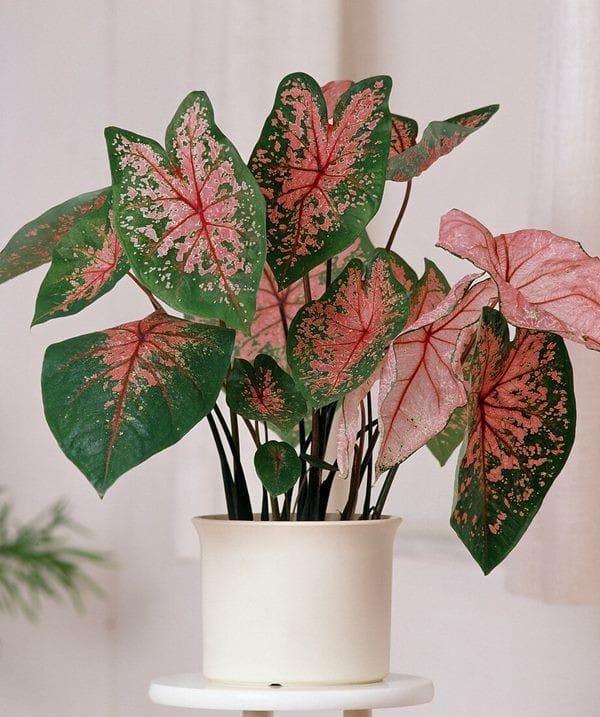
What Are The Different Types Of Caladium Plants?
1. Biman
Height and Spread: 12-24 inches , Biman offers ruffled, glossy leaves in shades of reddish-brown. The miniature size makes it perfect for table tops.
2. White Cranberry Star
Height and Spread: 18-22 inches, Pure white leaves with dark green veins and pink spots look beautiful in a warm, humid corner of your home.
3. White Majesty
Height and Spread: 12-30 inches, As the name suggests, this caladium variety features majestic white leaves with dark green edges and veins, making it a stunning houseplant .
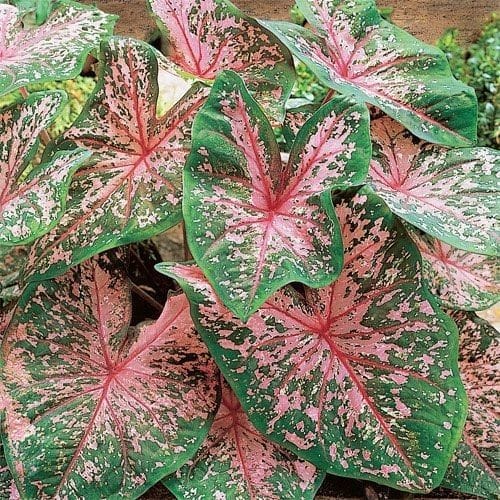
How to Care Caladium Plants ?
1. Location
Caladiums are tropical perennials with colorful heart-shaped leaves that grow naturally in the tropical forests of Central and South America, where there are distinct rainy and dry seasons. Caladium bicolor, a Brazilian species, is the most common of several species of this genus in the Araceae family used as an ornamental plant.
2. Sunshine
Morning glories prefer full sun to partial shade and should be planted where they receive at least 6 hours of direct sunlight per day. Soil: Moderately fertile, well-drained soil is also required. Water: Regular watering is required to keep the soil evenly moist but not soggy.
3. Soil
They are exposed to sunlight all day long and prefer mesic soils. Some morning glories, such as Ipomoea muricata, Ipomoea alba, and Ipomoea Macrorhiza, are night bloomers.
4. Hydration
Water abundantly during the growing season, and during the dry season water 1-2 times a week. But again, established morning glory plants can also tolerate dry conditions. Reduce watering in winter.
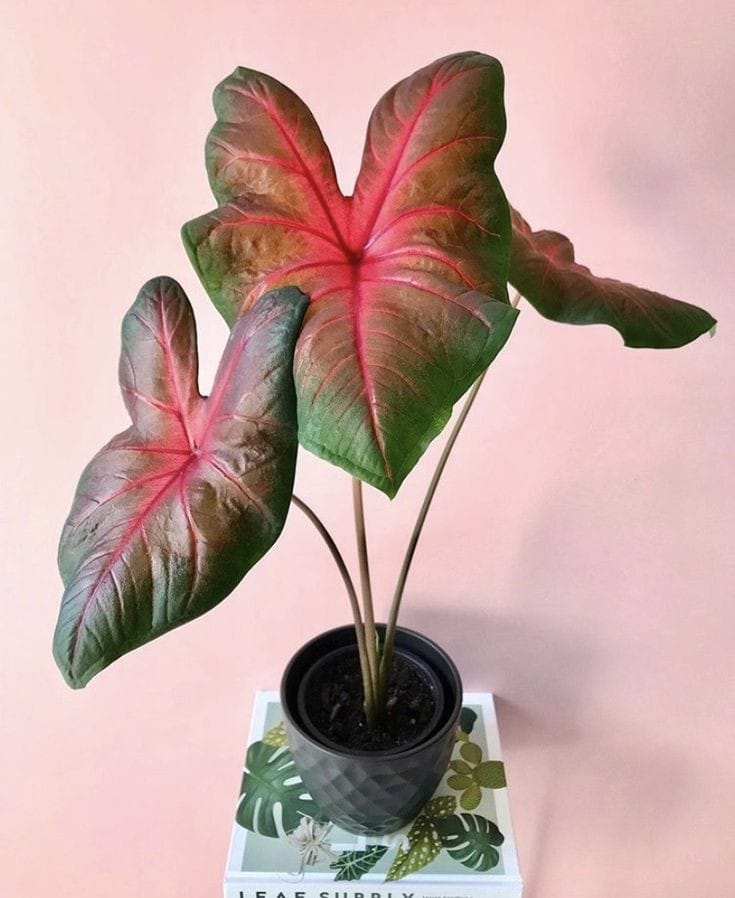
5. Nourishment
Fertilize sweet potatoes with a high nitrogen content at an optimal rate 15 days after planting. For example, compost fertilizers and organic granular fertilizers. Do not add too much nitrogen to sweet potatoes. Too much nitrogen promotes leaf and branch growth at the expense of storage roots.
6. Issues
Invisible threats: pests and diseases Aphids, spider mites and whiteflies are the morning glory's greatest enemies. These pests are like uninvited guests at a garden party who won't leave without a fight. Aphids gather in clumps that reduce plant vigour and leave sticky clumps called honeydew.
What are the Benefits of Caladium Plants ?
It is said to have many health benefits, including improved digestion, increased energy, and improved mental clarity.
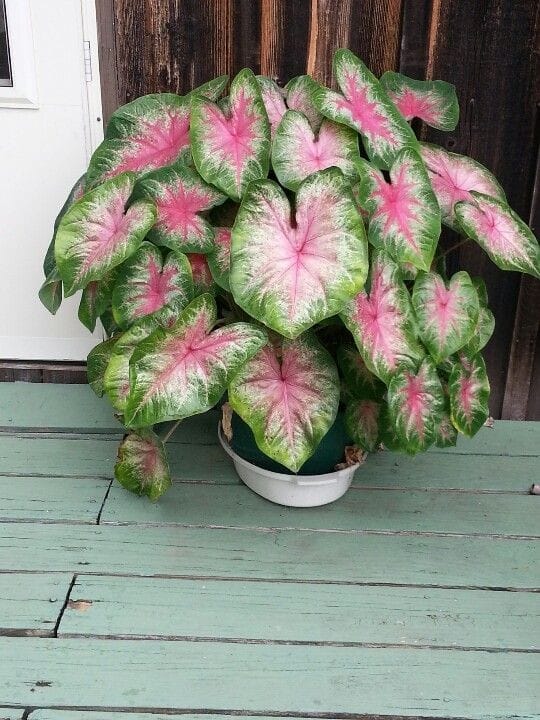
FAQs About Growing Caladium
1. Are caladiums good houseplants ?
Caladium is a tropical perennial with almost unique foliage and a showy ornamental plant. You can also grow it outdoors, but if you don't live in zones 9-10, you should plan on growing it as an annual or digging up and saving the plant's tubers at the end of the growing season.
2. Are caladiums good ornamental plants ?
Caladium is a tropical perennial with almost unique foliage and a showy ornamental plant. You can also grow it outdoors, but if you don't live in zones 9-10, you should plan to grow it as an annual or dig up the plant's tubers at the end of the growing season and store them.
3. What are the side effects of Caladium?
Symptoms when a part of the plant is eaten include: Burning sensation in the mouth and throat , Damage to the outer transparent layer of the eye (cornea) , Diarrhea , Eye pain , My voice is hoarse and I have difficulty speaking , Increased salivation , Nausea or vomiting.
4. Where should I put my caladium ?
Like many other tropical plants, caladiums do not like direct sunlight on their leaves, as in their natural habitat they live in the shade of the jungle canopy. A north or east facing window is the best location, as bright indirect light produces the best results.
5. Which caladium is best ?
Caladium plant 'Carolyn Horton' is a perennial tuberous plant with bright pink leaves with dark green markings and red veins. This caladium blooms in the summer, but it is hardly visible above the vast foliage. This variety tolerates more sunlight than other varieties, but also grows well as a houseplant.
